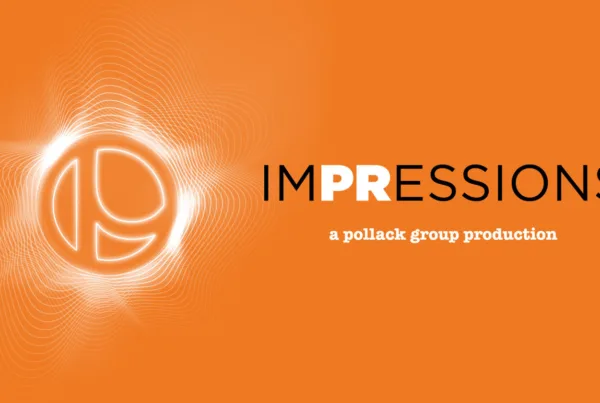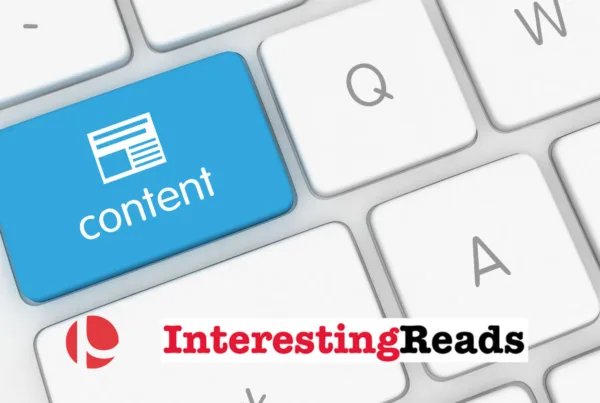
Interesting Reads. Industry news that you may have missed.
The Future Is Digital, but Most Marketers Overlook the Value in Human Connection – Adweek
Word of mouth is known as the oldest most basic form of brand marketing, and the most powerful. With advanced digital marketing tools, infinite ways to connect with target audiences, and massive amounts of data, brands must break through the clutter. In a new Nielsen study, 84 percent of consumers trust word-of-mouth recommendations the most.

4 Lessons Every Entrepreneur Can Learn From SXSW – Inc.
South by Southwest (SXSW) draws in entrepreneurs, techies, music fans, and movie critics to its annual event. From 700 attendees in 1987 to 167,000 attendees in 2018, SXSW strives to foster creative and personal growth at its festival. As SXSW kicks off, these are the four major lessons for entrepreneurs who want to grow their brands.

Gen Z vs millennial influencers: why the same marketing to both is destined to fail – The Drum
Millennial influencers are vastly different from Gen Z influencers, especially when it comes to marketing. One generation needs to have a marketing strategy that’s distinctive compared to another generation. In particular, Gen Z influencers have their own voice and don’t necessarily want to advertise a brand. So what are they looking for? It seems that Gen Z wants a long-term partnership that enables their storytelling over an #ad.

Uncovering Instagram Bots With a New Kind of Detective Work – The New York Times
Fake accounts are common on social media sites; however, the ability to track down these accounts is a little more challenging. Dovetale, a software company, has devised a range of tactics to detect large numbers of fake accounts that follow popular Instagram accounts. The company packages this information for marketers who are usually skeptical of follower numbers. This information then determines how much money a popular social media influencer receives from advertisers.







